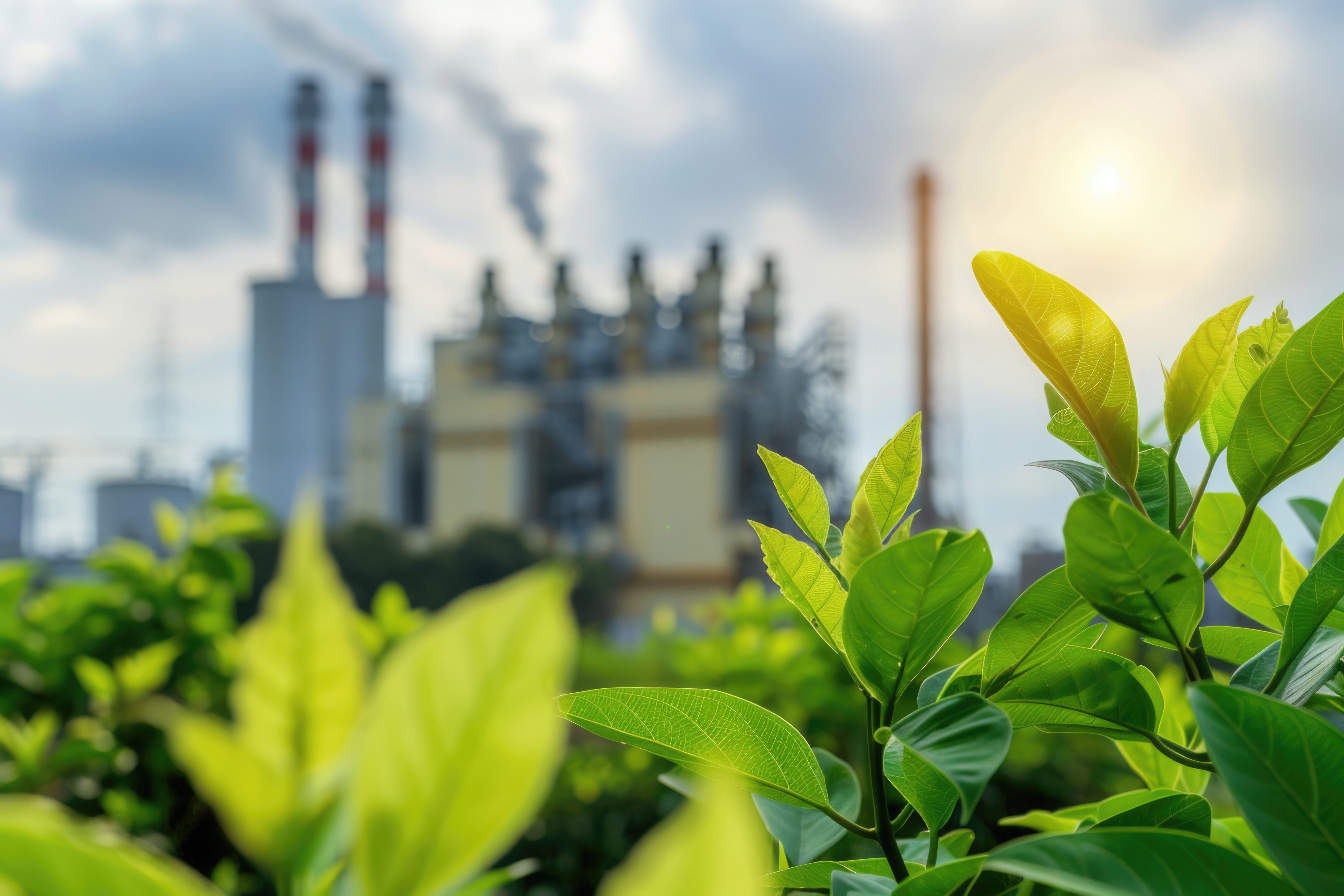Reduce Waste Pollution to Save More Energy
Waste is a component that can damage the environment and its sustainability. Because it poses a danger to both ecosystems and humans, therefore waste treatment is something that must be done.
B3 waste or Hazardous and Toxic Materials are components of substances that directly or indirectly have a negative impact on environmental damage and pollution. Therefore, to minimize this from happening, you must know how to process it as follows.
What is B3 Waste?
The term B3 waste refers to the origin of the acronym for Hazardous and Toxic Materials. B3 waste is defined as the residue from industrial processes that are hazardous and toxic. However, B3 waste can also come from households. Because of its dangerous and destructive nature, there must be a good processing process.
If left unchecked, this B3 waste becomes a threat to the health and safety of humans and other creatures. Therefore, here are 5 ways to treat waste that can be carried out by the industrial and household sectors:
1. Stabilization Processing Method
The second method of processing B3 waste is stabilization, which is the process of adding chemicals mixed with B3 waste. The goal is to minimize the speed at which B3 waste moves so it doesn’t contaminate certain areas.
In this stabilization treatment process, all parts of the toxic B3 waste are bound and added with binder or modifier media. Usually, this process is in the processing of hazardous waste substances for the production of liquid waste.
2. Solidification Processing Method
Methods for processing solidified B3 waste substances using additives. Similar to the stabilization method, this method aims to reduce the level of toxicity and mobility of B3 waste.
Raw materials that can be used for stabilization and solidification processes are usually lime, cement and thermoplastic materials.
3. Incineration Processing Method
The next waste treatment method is incineration or combustion. This process is implemented in order to reduce the volume of B3 waste. The process of processing incineration waste substances is usually found in the industrial sector of hospital waste or medical waste.
In addition, this method can also be used for industrial waste that can be destroyed at high temperatures. This incineration treatment method must be strictly monitored so that the B3 waste substance that is burned is completely destroyed and does not contaminate areas other than the combustion area.
4. Thermal Treatment Method
The method for treating hazardous waste substances uses high temperatures, which is not much different from the incineration process. It’s just that the waste that must be put into processing or thermal destruction must be waste that has a high level of toxicity and is very dangerous.
When using the B3 waste destruction method using the thermal method, you must also monitor the emission gases that come out. The combustion process must be efficient so as not to cause new pollution to the environment.
5. Bioremediation Treatment Methods
Finally, there is a bioremediation treatment method which uses bacteria or microorganisms to decompose B3 waste. Enzymes from these bacteria are needed to break down the existing B3 waste. The advantages of this process are that it is more environmentally friendly and there is no chemical pollution.
The drawback is the relatively long processing time. Therefore, this one method is only more effective to do on a smaller scale, such as small-scale household waste.
Processing of B3 waste is mandatory for small, medium and large scale industrial sectors. Because the threat to the environment and health is very serious if left unchecked.
For more information on the Waste Management Sector. You can read our article here. If you and your company need further information regarding our services, contact and consult about it here.







